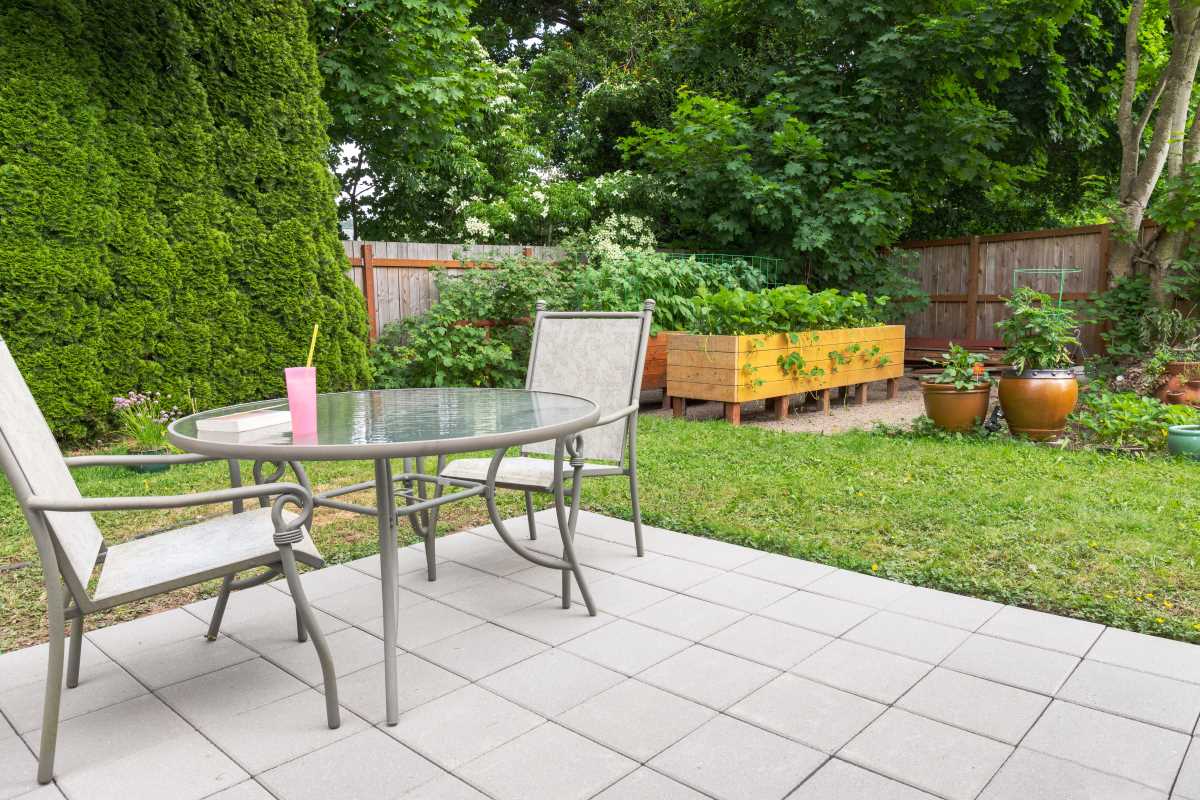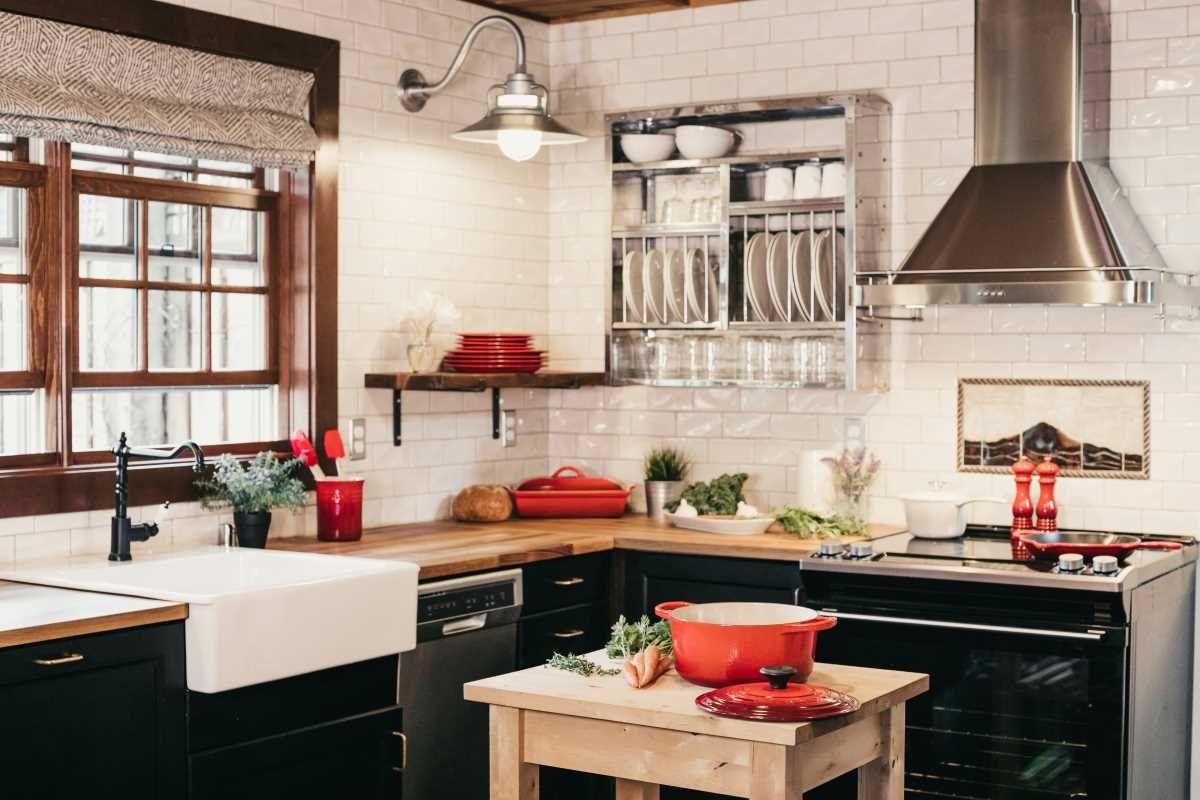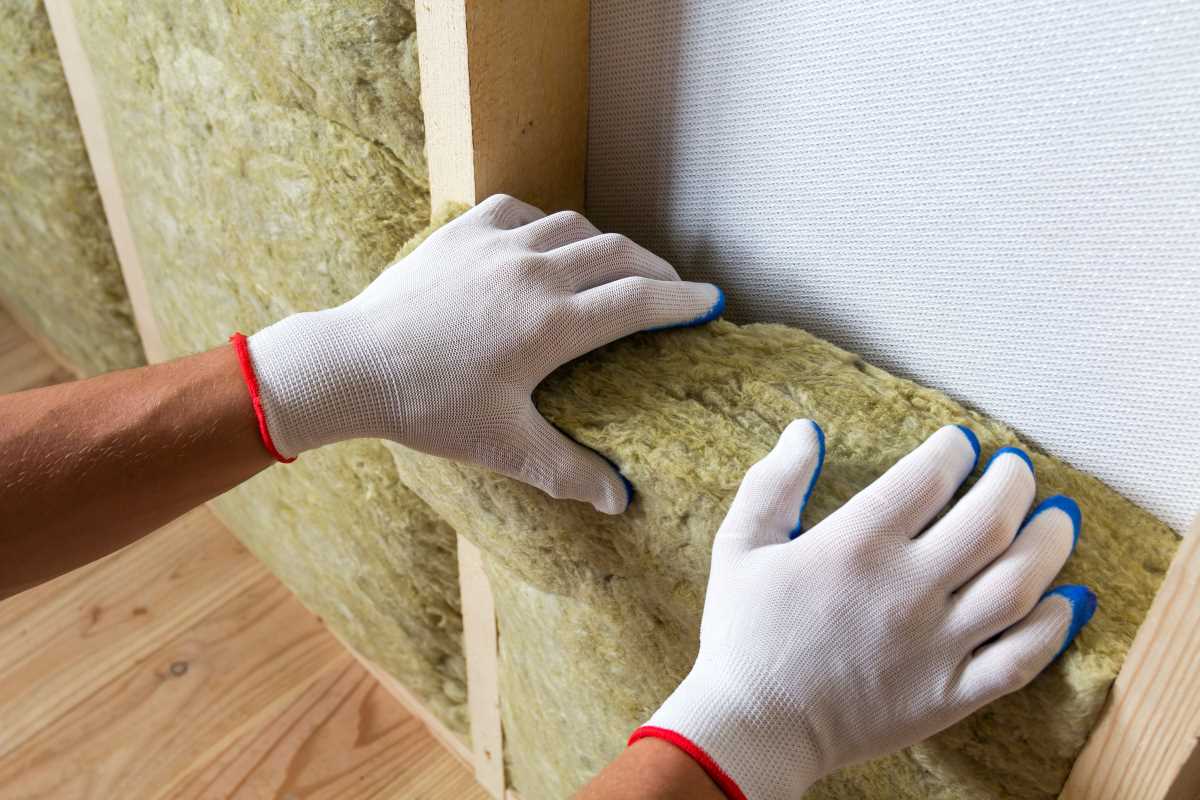To effectively control mold in your home, understanding its causes and implementing preventive strategies can make a significant difference. Mold thrives in environments with excess moisture, which can be due to various factors, such as leaks, condensation, or high humidity. Beyond being an eyesore, mold can also present serious health concerns, especially for individuals with allergies, asthma, or weakened immune systems. By taking proactive steps in mold prevention, you’re not only preserving your home’s integrity but also fostering a healthier environment for your family.
Moisture Control: The Foundation of Mold Prevention
One of the most critical aspects of preventing mold is controlling moisture in the home. Mold spores are nearly everywhere, but they require moisture to grow and spread. Addressing any potential water sources that may encourage mold growth is essential. For instance, fixing leaks under sinks, in bathrooms, or around windows promptly can prevent moisture buildup.
Bathrooms and kitchens are particularly susceptible to mold because they often have high humidity levels. To manage this, consider installing exhaust fans that vent outside and using them during and after activities that create moisture, like cooking and showering. For extra moisture-prone areas such as basements, a dehumidifier can be a game-changer, keeping humidity levels below the mold-sustaining threshold of 60%.
Additionally, monitoring indoor humidity is beneficial. An inexpensive hygrometer can help track humidity levels throughout your home, allowing you to make adjustments before mold has a chance to grow. Small changes, such as drying wet towels immediately, wiping down shower walls, and emptying sink overflow trays, can help reduce ambient moisture levels and prevent mold.
Regular Cleaning and Maintenance
Regularly cleaning your home is another fundamental step in preventing mold. Mold spores can settle on surfaces and wait for the right conditions to grow, so keeping surfaces clean reduces the likelihood of mold taking hold. Pay extra attention to places that are frequently damp, such as shower stalls, under sinks, and in basements. When cleaning, use a mild detergent or a mold-resistant cleaner in these areas to inhibit spore growth.
Dusting also plays a role in mold prevention, as dust can harbor moisture and provide a base for mold spores. Dust regularly, especially in hard-to-reach areas where moisture might be present, such as behind appliances or in corners. Don’t overlook carpets and upholstery, as they can trap mold spores and should be cleaned or vacuumed regularly.
For bathrooms and kitchens, consider using mold-resistant products, such as paint or caulk, which contain mold-inhibiting chemicals. These can be particularly useful in areas that tend to stay damp and may prevent mold from growing on painted surfaces or in the crevices around sinks and bathtubs. Regular inspections of often-overlooked spaces like closets or utility rooms can also help you catch any mold or moisture issues before they become problematic.
Ventilation: Circulating Air to Deter Mold Growth
Ventilation is crucial in preventing mold, as it helps to control humidity levels and prevents the air from becoming stagnant, which can encourage mold growth. Opening windows regularly to circulate fresh air, even during colder months, helps keep the indoor environment dry and less hospitable for mold.
In high-moisture areas like bathrooms, kitchens, and laundry rooms, use exhaust fans or open windows during activities that create humidity. For homes with attics, ensuring adequate ventilation in this space can prevent moisture from accumulating and causing mold to grow in the insulation or on the underside of the roof. Proper attic ventilation also reduces the risk of mold-related structural issues in the home.
Air conditioners, while excellent for cooling, also help reduce indoor humidity. Just be sure to maintain and clean AC filters regularly to avoid dust and mold buildup. Consider investing in energy recovery ventilators, which improve air exchange while also retaining indoor temperature levels, thereby balancing fresh air with comfort.
Maintaining Your Home's Exterior
Keeping the exterior of your home well-maintained is just as essential as addressing indoor factors when it comes to mold prevention. Water infiltration from damaged gutters, roofs, or foundations can lead to serious moisture issues indoors, so regular checks and maintenance are key. Clean gutters at least twice a year to ensure they aren’t clogged, which can cause water to overflow and seep into your home’s foundation or walls.
Inspect your roof regularly for signs of damage. Even small leaks can allow moisture to penetrate walls and ceilings, creating the perfect environment for mold to grow. Repair any damage promptly to keep water out. Additionally, trim any trees or bushes close to your home to prevent leaves and other debris from accumulating on your roof, which can cause water to pool and seep in.
Directing water away from your home’s foundation is another practical step. Ensure that your landscaping and grading slope away from your home so that rainwater flows away rather than accumulating around the foundation. Installing drainage solutions like French drains or gravel trenches can further assist with water management and mold prevention.
Addressing Mold Promptly
Despite your best efforts, you might still encounter mold. When this happens, it’s essential to address it quickly to prevent it from spreading. For minor mold problems, clean the area with a simple solution of water and mild detergent. Avoid using bleach on porous surfaces, as it may not fully penetrate the material and can allow mold to return. Instead, use natural mold-fighting products like vinegar or hydrogen peroxide, which can effectively clean without leaving harmful residues.
However, if you notice a large area of mold (greater than 10 square feet), it’s wise to consult a professional mold remediation service. Professionals have the proper equipment and expertise to safely remove mold without contaminating other parts of your home. They can also help identify and address any underlying moisture issues that might have caused the mold in the first place.
Long-Term Strategies for Mold Prevention
Beyond day-to-day efforts, consider taking long-term steps to create a mold-resistant home environment. This can include choosing materials less susceptible to mold, such as metal studs instead of wood in basement walls, or installing vapor barriers in crawl spaces. If you’re renovating, look for products specifically labeled as mold-resistant, like drywall, insulation, and sealants.
Mold-resistant plants can also improve indoor air quality without adding excess moisture. Some plants, like English ivy and peace lilies, absorb moisture and pollutants, helping to balance indoor humidity levels.
Mold prevention is an ongoing process, but by incorporating these practical tips into your home maintenance routine, you can effectively reduce the risk of mold growth. Moisture control, regular cleaning, proper ventilation, and exterior maintenance are the foundation of a mold-free home. By being proactive and addressing mold concerns as soon as they arise, you create a healthier, more comfortable living space. These efforts protect your home and benefit everyone’s well-being, making mold prevention a valuable investment in your home’s longevity and your family’s health.







